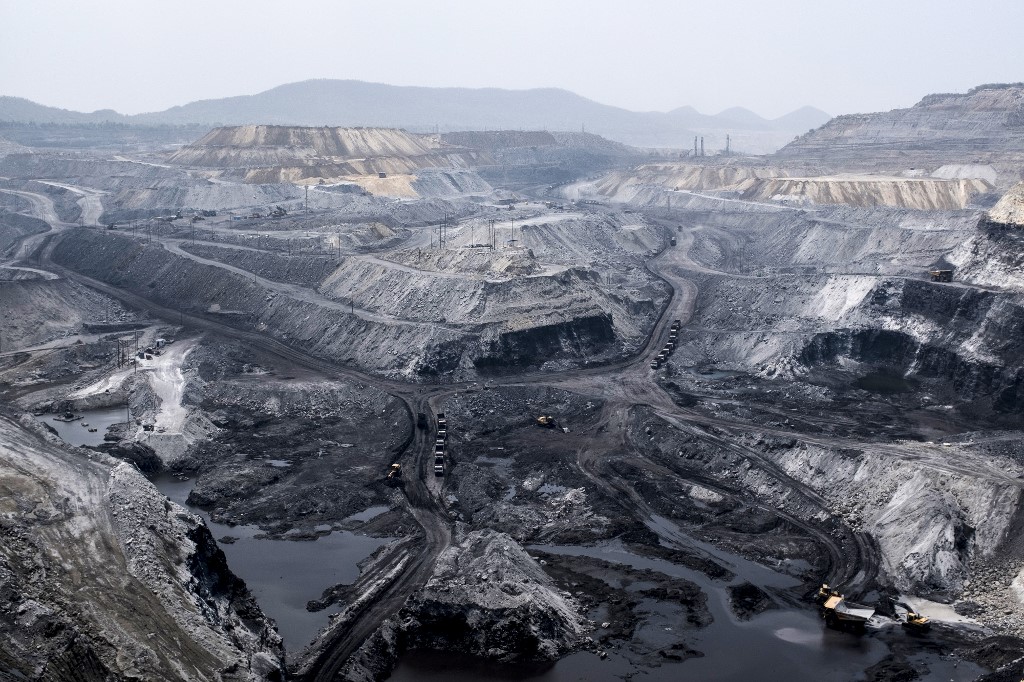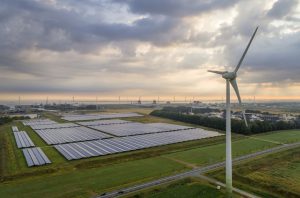India, the world’s second most populous country after China, and the third largest energy consumer, keeps making energy headlines as it tries to meet its seemingly insatiable energy demand while also battling problematic greenhouse gas (GHG) emission levels.
The latest salvo in the country’s war to ramp down its carbon footprint came last week when the Paris-based International Energy Agency (IEA) said that India is entering a “solar-power revolution” that could match coal as its top electricity source within two decades, or even sooner.
“As things stand, solar accounts for less than 4% of India’s electricity generation, and coal close to 70%,” the agency said in its newly released India Energy Outlook 2021.
By 2040, coal and solar converge in the low 30%s in the Outlook’s so-called Sustainable Development Scenario (SDS), while this switch is even more rapid in the other two scenarios given.
The SDS, for its part, examines how India could mobilise an additional surge in clean energy investment to produce an early peak and rapid subsequent decline in emissions, consistent with a longer-term drive to net zero.
The Outlook added that the “dramatic turnaround is driven by India’s policy ambitions, notably the target to reach 450 gigawatts (GW) of renewable capacity by 2030.”
The extraordinary cost-competitiveness of solar, which out-competes existing coal-fired power by 2030, even when paired with battery storage, is also a contributing factor, it said.
It added that the scenario doesn’t even come close to exhausting the scope of solar to meet India’s energy needs, particularly for other applications such as rooftop solar, solar thermal heating, and water pumps – all three areas that can be ramped up quickly and at economies of scale.
RAMPANT DEMAND
Achieving this level of solar build-out while reducing its coal usage needed for power production, however, will be no small feat for the country of some 1.2 billion people given its rampant energy and electricity demand coming amid rising incomes and improved standards of living.
India’s energy use has doubled since 2000, with much of that demand still being met by coal – the dirtiest burning fossil fuel – oil, also a dirty burning fuel source, and solid biomass, which includes the burning of wood, charcoal, and other residues for heating and cooking purposes.
Currently, around 32% of total primary energy used in India is derived by biomass, a primary factor in the country’s GHG emissions – the third largest in the world after China and the US.
More troubling for India’s GHG emission reduction goals, biomass is still integral for remote villages and urban clusters with decentralised settlements. As such, it is often the fuel of choice for many in the country.
BIOMASS POWER
Biomass is also still being promulgated by the government for industrial usage as well. India’s Ministry of New and Renewable Energy (MNRE) has set a national target to achieve 10 GW of installed biomass power by 2022.
The country currently has 5+ GW capacity biomass powered plants, while 83% are grid connected while the remaining 17% are off-grid plants.
Not only does India have to grapple with its biomass quandary, but its coal usage and production as well.
Here’s a case in point: In July, New Delhi announced the auction of 38 new coal mines with an annual production capacity nearly one third of current national total output. As an incentive, it also reduced upfront payments, relaxed payment schedules, and offered rebates in revenue shared with the government for early coal production.
NET EXPORTER
Indian Prime Minister Narendra Modi said at the time that he wanted the country to become a net coal exporter.
However, seemingly in contradiction, he also said a few months later that India would become the major driver of global energy demand in the years to come, but would also hold down carbon emissions even as its power consumption soars.
However, even given the IEA’s positive forecast that solar could match or even exceed the country’s coal capacity within two decades, coal would still comprise at least 30% (nearly one third) of the country’s energy mix by the end of the 20-year forecast period.
Other countries for their part, including the UK, France, Germany, and others have all pledged to become carbon neutral by 2050.
Given the almost frantic carbon reduction push in Europe underway as well as increased green hydrogen energy investment, and even moves to divest funding away from liquified natural gas (LNG) projects, it appears that 2050 date could be reached early for some.
ENERGY MIX
For India, its ability to meet increased electricity demand while keeping Modi’s pledge of less carbon intensity will depend on how quickly and efficiently it can phase out coal’s dominance in its energy mix and replace them with renewable sources, solar, wind and now green hydrogen and LNG.
This includes reducing coal as part of India’s energy mix by even more than the IEAs forecast.
Notably, New Delhi recently pledged to transform India to a natural gas-based economy by 2030, moving from gas making up just over 6% of its energy mix to 15% by 2030.
Much of that infrastructure is already being put in place in the way of pipelines, associated grids, LNG import terminals, and LNG fuelling stations for large trucks to help replace diesel burning engines.
LNG for its part, while still a fossil fuel, has a lower carbon footprint than both coal and oil, while there is also now a drive underway in a number of countries to make LNG production facilities reduce their carbon footprints by using renewables to replace feed gas for operations as well as utilising carbon capture and storage technologies.
• By Tim Daiss
This report was updated on December 28, 2021 for style purposes.
ALSO ON AF:
Investors nervous about India’s new crypto bill but regulations welcome
Electric vehicles yet to get the groove in India
























